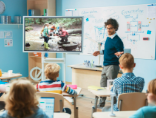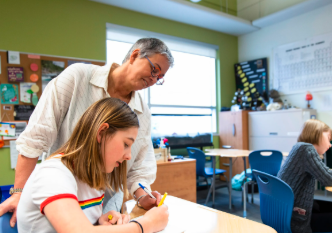In today’s digital age, learning is no longer confined to textbooks or the four walls of a classroom. One of the most exciting innovations in modern education is the virtual field trip—a creative way to transport students to far-off places, museums, national parks, and cultural sites without ever leaving their desks.
What Is a Virtual Field Trip?
A virtual field trip is an online learning experience that uses video, interactive media, and real-time connections to explore destinations around the world. Students can visit historic landmarks, engage with experts, and immerse themselves in new environments—all through a screen.
Why Virtual Field Trips Matter
These digital journeys offer several meaningful benefits:
Accessibility for All: No travel expenses or logistical hurdles—virtual trips make exciting locations accessible to every student, regardless of background.
Safety and Flexibility: Teachers can schedule trips at convenient times while keeping students safe in a controlled environment.
Enhanced Engagement: Interactive elements like live Q&A sessions, 360-degree videos, and real-time chats can make lessons more memorable and impactful.
How to Host a Virtual Field Trip
Organizing a successful virtual field trip doesn’t require advanced tech skills. Here’s a simple roadmap:
Choose Your Destination
Decide what educational theme you want to explore. Great options include virtual visits to the Smithsonian, NASA, the Louvre, or even a rainforest ecosystem.Select a Platform
Use trusted tools like Zoom, Google Meet, or platforms designed for education such as Discovery Education or National Geographic Virtual Field Trips.Prepare Your Students
Give students a preview of what they’ll see, and share guiding questions or vocabulary to boost understanding.Engage During the Trip
Encourage note-taking, ask open-ended questions, and allow students to interact when possible.Reflect and Discuss
After the experience, lead a class discussion or assign a creative follow-up activity such as a journal entry, presentation, or group project.
Tips for a Successful Experience
Test all tech tools beforehand.
Keep the experience age-appropriate.
Consider integrating subjects like art, science, and history to enrich the learning.
Follow up with printable worksheets or activities.
Inspiring Young Minds with Exploration
Hosting virtual field trips empowers educators to open new windows of curiosity for their students. Whether it’s a live marine biology session from an aquarium or a digital stroll through ancient ruins, these virtual adventures help learners see the world through a broader lens—one click at a time.














